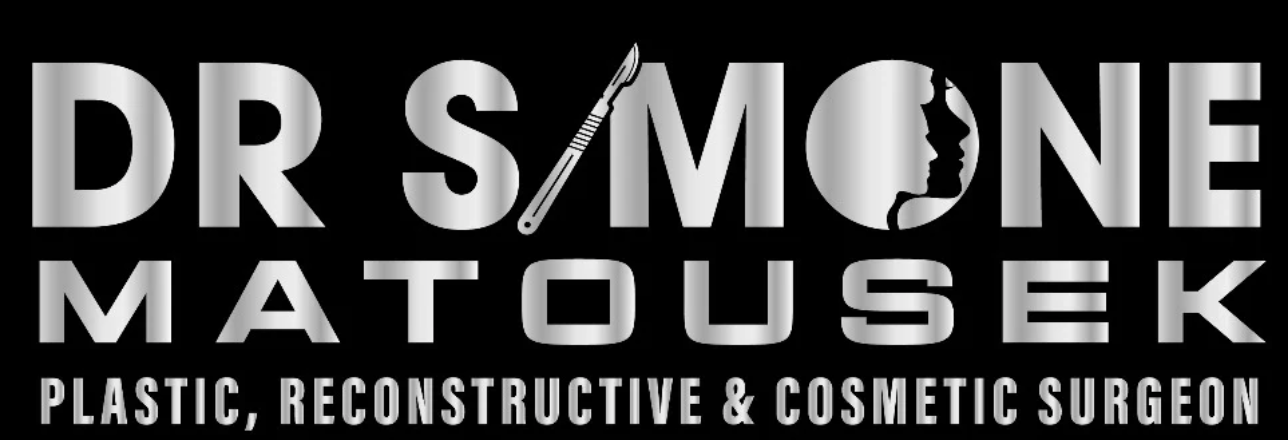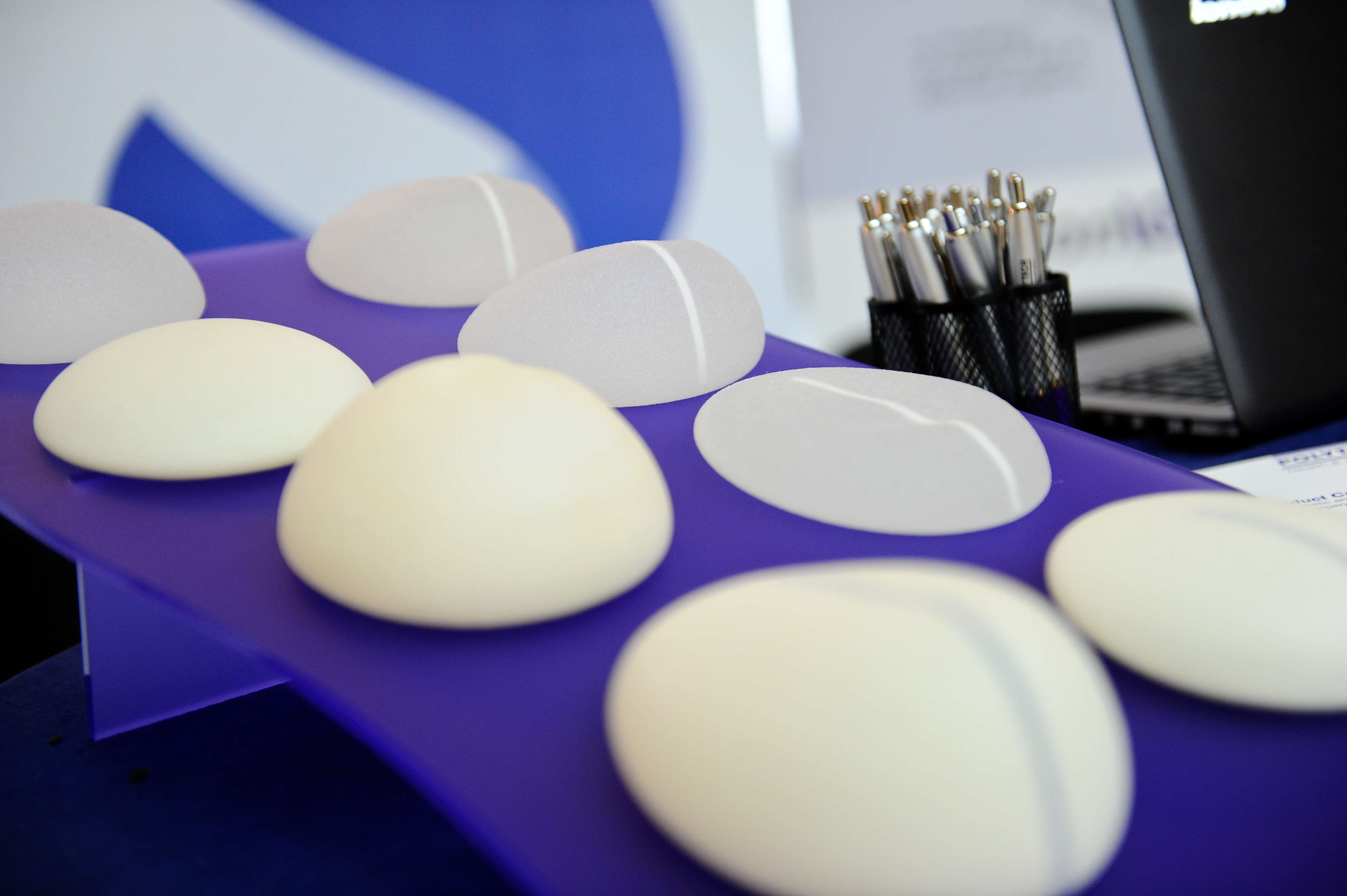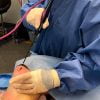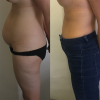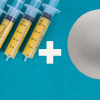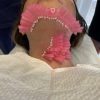Breast augmentation with implants, implant and fat or fat grafting alone in Sydney
Dr Simone Matousek offers many options for breast augmentation in Sydney. All major types of breast implants are available and the decision for the best breast implant to use is made in conjunction with the patient. Breast augmentation can be done with breast implants alone, breast implants and fat grafting or fat transfer alone. Dr Simone was one of the first surgeons to perform large volume fat transfer to the breast in Australia and therefore is one of the most experienced surgeons in combining this with your breast augmentation with implants if necessary or beneficial.
Which breast augmentation procedure is best for you will depend on a number of factors including age, body type, patient preferences.
You will be measured up in the office and be able to try on sizers to simulate the final result. The most accurate way to determine the best final size and shape are by use of intraoperative sizers once the breast implant pocket has been created. The patient is sat up whilst asleep to simulate the final result. Small refinements like this help make sure that you get the most implant most suited to your body shape.
The most important aspect in achieving a breast augmentation which does not look fake is choosing the correct shaped implant for the person’s chest wall dimensions so the implant does not end up to wide, the implants are not too close together in the midline. For example two implants of exactly the same volume can have completely different shapes. Other factors depend on where the native inframammary crease sits and if there is constriction (tightness) of the native breast or a congenital problem known as a tuberous breast which makes breast augmentation more complex.
Many patients fear breast augmentation with implants looking unnatural. Correctly chosen implants should not be obviously visible in clothing or swimwear. The most common reason most patients end up with an operated look is because of poor technique and having implants placed that are way too big for their physique and chest wall. There are limits to size for certain patients with tight tissues or extremely thin tissue cover. You will be advised as to the best size range for you during your breast augmentation consultation.
In certain cases of breast asymmetry or people without much body fat on their chest and breastbone area, breast fat grafting can enhance a breast augmentation procedure with implants.
